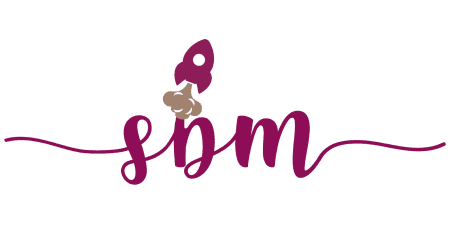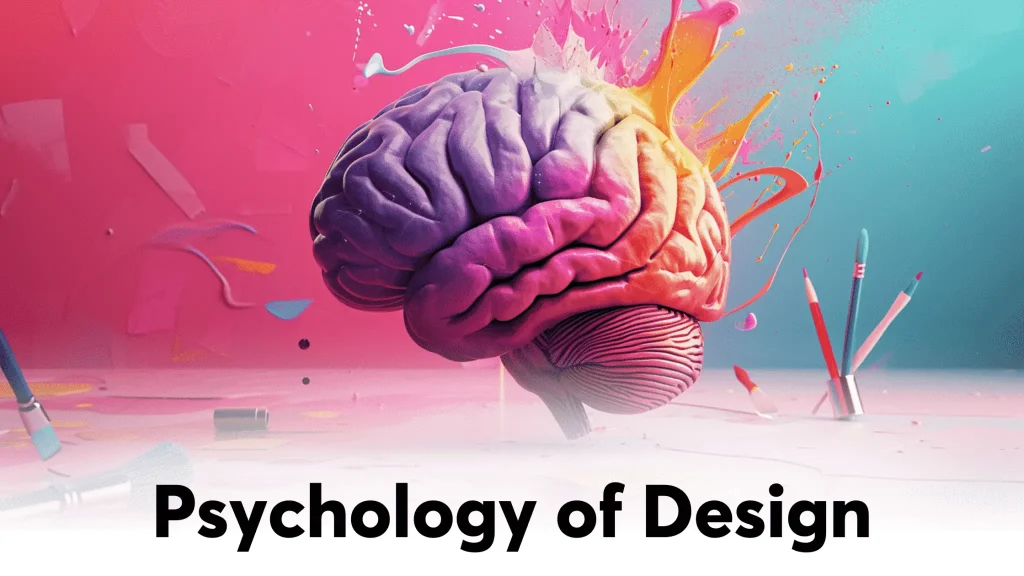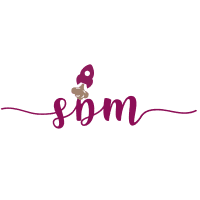In the fast-paced world of social media, where attention spans last a few seconds and people scroll through content faster than you can say “hello,” catching attention is like a skill.
This is where color psychology of design steps in to stop the endless scroll. The strategic use of colors isn’t just about creating a visually appealing design; it’s a psychological tactic that shapes perceptions, influences emotions, and, most importantly, drives user engagement.
In this blog, we’ll dive into the understanding color psychology in design, focusing on color in graphic design, color psychology in logo design, and how these aspects play a crucial role in marketing.
Table of Contents
ToggleUnderstanding the Psychology:
Let’s cut through the terms and get practical about color psychology. It’s not some abstract concept; it’s a hands-on tool that designers use to make their creations stand out.
The first step involves understanding the mental and emotional connections tied to each color. It’s about tapping into the subconscious and recognizing how different colors trigger specific feelings and reactions. By being mindful of these associations and considering cultural influences, designers can fine-tune their color choices to perfectly match the objectives of a project.
Let’s begin to understand the color psychology in design through color tones.
Warm Colors:
Red: It’s the color of passion, energy, and intensity, making it a key player in color psychology in marketing. Red grabs attention, making it perfect for conveying urgency or importance.
Orange: This color combines the energy of red with the warmth of yellow, bringing enthusiasm and creativity to the forefront. It’s a strategic choice in color psychology in logo design, adding vibrancy and approachability to brand identities.
Yellow: Like a burst of sunshine, yellow symbolizes happiness, positivity, and energy. It stimulates mental activity and creates a sense of optimism, an excellent tool in color psychology in design
Cool Colors:
Blue: Universally loved, blue is the color of calmness, trust, and reliability, making it a staple in color in graphic design. In the corporate world, it conveys professionalism and stability.
Green: The symbol of nature, growth, and harmony, green has a calming effect, often used to represent eco-friendly or sustainable concepts in color psychology in marketing.
Purple: Associated with luxury, sophistication, and creativity, purple evokes a sense of royalty and elegance, a valuable asset in color psychology in logo design.
Neutral Colors:
White: It represents purity, cleanliness, and simplicity, often used to create a minimalist and modern aesthetic in color psychology in design.
Black: Conveying sophistication, formality, and a sense of mystery, black is a common choice in luxury branding, playing a role in brand color psychology.
Gray: Associated with balance and neutrality, gray is versatile and creates a subtle and sophisticated look, a practical consideration in color psychology in marketing.
Application in Design:
Establishing Brand Identity:
Colors are the unsung heroes of brand identity and brand color psychology. Think about the iconic red of Coca-Cola or the calming blues of Facebook. These choices aren’t random; they convey specific brand personalities, reflecting values, target audiences, and overall messages.
Bringing out Emotional Reactions
E-commerce and Sales:
Red, the color of urgency and excitement, is strategically used in e-commerce for limited-time offers, showcasing the practical side of color psychology in marketing. Amazon, with its red “Add to Cart” and “Buy Now” buttons, urges users to make quick purchase decisions.
Health and Wellness Apps:
Soft greens and blues in healthcare apps create a sense of calmness and trust, demonstrating the soothing effects of color psychology in design.
Lets see another examples:
Headspace, a meditation app, uses calming blues and greens to align with its purpose of promoting mindfulness and relaxation.
Cultural Sensitivity
Designers must consider cultural nuances when choosing colors, a crucial aspect of color psychology in design. McDonald’s, known for its vibrant red and yellow globally, adapts its palette in different regions to align with local preferences, showcasing the global impact of color in graphic design.
Conclusion
In the ever-evolving landscape of social media, where every second counts, mastering the art of color psychology in design is a game-changer. It’s not just about stopping the scroll; it’s about creating a visual experience that resonates with users and leaves a lasting impression in the blink of an eye. Whether it’s color in graphic design, color psychology in logo design, or the broader scope of the psychology of colors, the impact is undeniable. Color is more than a visual element; it’s a language that speaks to our emotions and influences our decisions.







